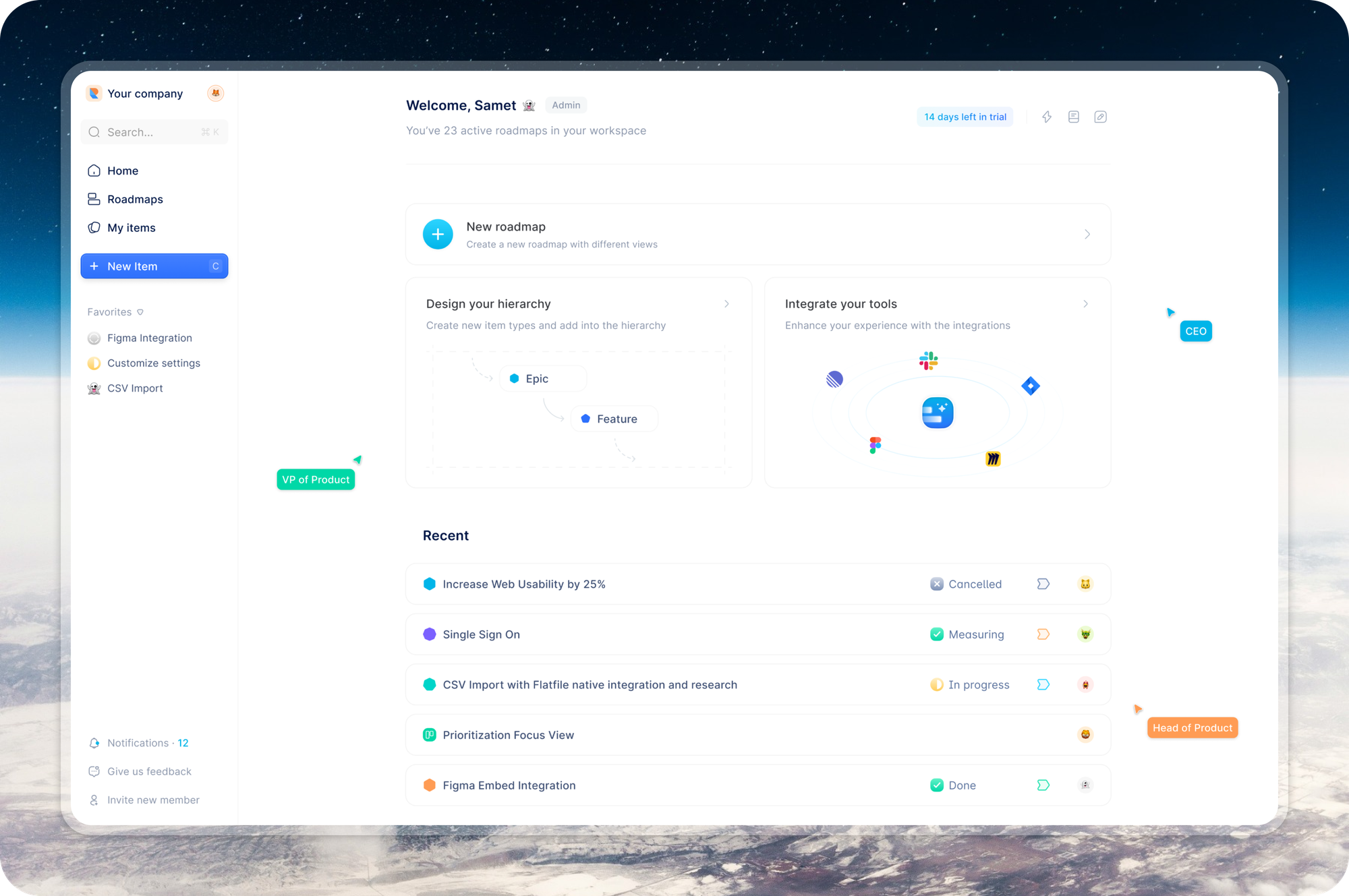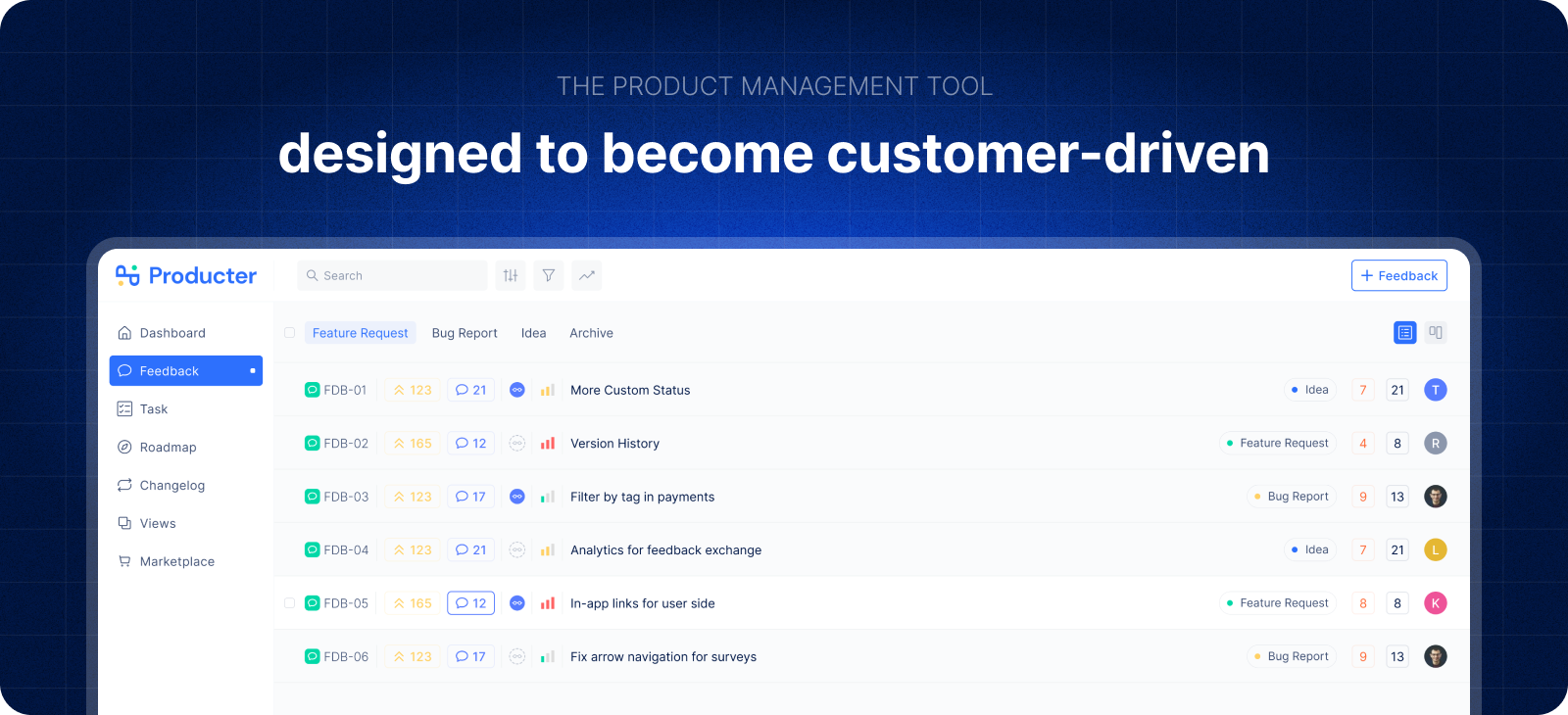A Product Life Cycle is a way of describing how a product changes and develops over time. It usually starts with the introduction of a new product, followed by growth (when the product becomes popular), maturity (when sales start to decline), and finally, decline (when the product is no longer in demand).
Importance of the Product Life Cycle
The product life cycle is important for a number of reasons.

Introducing a new product:
First, the product life cycle can help you determine when to introduce a new product. If you introduce a new product too early, it may fail because consumers are not ready for it. On the other hand, if you wait too long to introduce a new product, you may miss out on potential sales
Positioning your product:
Second, the product life cycle can help you determine how to position your product. For example, if you have a new product that is similar to an existing product, you may want to position it as an improvement over the existing product
Product pricing:
Third, the product life cycle can help you determine how to price your product. For example, if you have a new product that is similar to an existing product, you may want to price it lower than the existing product in order to gain market share
Marketing and Advertising:
Fourth, the product life cycle can help you determine how much to spend on marketing and advertising. For example, you may want to spend more on marketing and advertising during the early stages of the product life cycle in order to generate awareness and interest in your product.
Stages of the Product Life Cycle
The Product Life Cycle has 4 stages: introduction, growth, maturity, and decline.

Introduction Stage:
In the Introduction stage, the product is first introduced into the market. This is usually done on a small scale, in order to gauge customer reaction and assess market potential. The main objectives at this stage are to generate awareness and interest in the product, and to build up initial demand.
There are typically high levels of uncertainty during this stage, as both the company and consumers are unsure of how well the product will be received. As such, companies will often invest heavily in promotion and marketing activities in order to create buzz around the product. This stage can be very costly, and there is no guarantee that the product will be successful. However, if properly executed, it can lay the foundations for long-term success.
Growth Stage:
This is the stage where the product starts to gain traction in the market. Sales start to increase, and more and more people are aware of the product. The company will start to invest more in marketing and advertising to continue growing the product's reach. At this stage, it is important to continue innovating and improving the product so that it can maintain its growth.
Maturity Stage:
When a product reaches the maturity stage of its life cycle, it has likely been on the market for some time and has established a solid customer base. At this point, sales growth slows and competition increases. In order to stay competitive, businesses may need to reduce prices, offer more promotions or discounts, or invest in product improvements or new features. Additionally, companies may need to focus on marketing efforts to maintain customer interest.
The maturity stage is typically the longest stage of the product life cycle and can last for several years. In order to stay profitable during this time, businesses need to carefully manage their costs and expenditures.
Decline Stage:
The decline stage of the product life cycle is typically characterized by a decrease in sales and profitability. This stage is caused by various factors, such as technological obsolescence, changes in consumer preferences, or intense competition from other products.
During this stage, companies often focus on cost-cutting measures in order to maintain profitability. They may also introduce new versions of the product in an attempt to revive sales. Ultimately, however, the decline stage is typically a sign that the product has reached the end of its life cycle and will soon be discontinued.
Factors affecting the Product Life Cycle
There are a number of factors that can affect the product life cycle. Some of these are:
1) Technology
As technology improves, products become outdated more quickly. This is especially true for electronic goods.
2) Changing needs and tastes
As society changes, so do the things that people want to buy. For example, in the past, people were more likely to buy products that lasted a long time. Now, they are often more interested in buying things that are fashionable or trendy.
3) Economic conditions
If there is a recession, people may be less likely to spend money on non-essential items. This can shorten the product life cycle.
4) Competition
If there are other products on the market that are similar to yours, they can compete with your product and reduce its life cycle.
5) Marketing
The way you market your product can also affect its life cycle. For example, if you heavily discount your product, people may be less likely to buy it when the price goes back up.
How can Product Life Cycle Analysis help your business?
Product Life Cycle Analysis (PLCA) is a tool that can be used to help businesses make decisions about their products and product lines. By understanding the different stages of a product's life cycle, businesses can better assess which products are likely to be most successful and profitable, and can make more informed decisions about product development, marketing, and sales strategies.
PLCA can be especially helpful for businesses that sell products that are subject to fashion trends or other changes in consumer preferences. By understanding the typical life cycle of a product, businesses can anticipate when demand for their product is likely to decline and can take steps to adjust their marketing and sales strategies accordingly. Additionally, PLCA can help businesses to identify potential new product ideas that may be well-suited to the current market landscape.
Producter is a product management tool designed to become customer-driven.
It helps you collect feedback, manage tasks, sharing product updates, creating product docs, and tracking roadmap.






